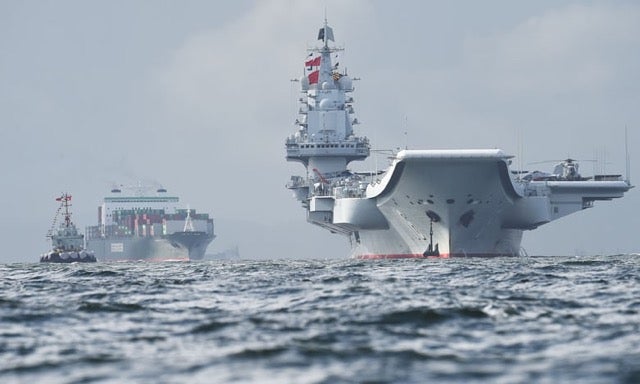Pacific Power Play: The Decline of US Dominance In the Pacific
Is the US’s position in the Pacific in terminal decline? In the recent months the situation in the East and South China Seas has been very difficult for the US Navy. The COVID-19 pandemic forced one of its carriers, USS Theodore Roosevelt (CVN-71), to sail to Guam to prevent the spread of the virus on board. A similar situation happened on the USS Nimitz, USS Ronald Reagan, and USS Carl Vinson crippling the combat capabilities of significant US Navy assets. The Chinese exploited the situation and sent its carrier, Liaoning with a patrol group to sail within the range of the Japanese and Taiwanese territorial waters.
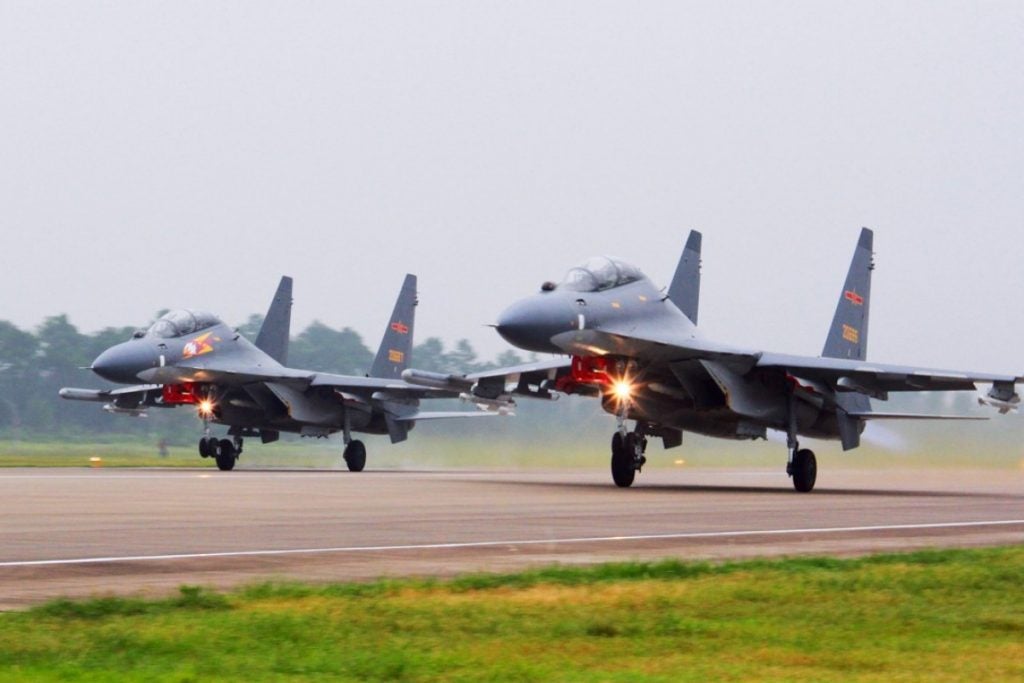
The Chinese ambition of naval supremacy in the region is very well known. With the renewed arms race and pressure put by the Chinese Communist Party on the shipbuilding program, the US Navy has started to slowly lose its advantage in the region. The problem does not lie in the number of ships or forces that USN can deploy in the region, but the fact that the PRC is getting stronger on their own turf.
Currently, a huge problem is the Chinese capability of delivering a devastating blow to the US forces in the Pacific with their ballistic missiles (tipped with conventional, not nuclear, payloads). The People’s Liberation Army has more than 1,000 cruise missiles with their range varying btween 500 to 5,500 kilometers. It puts the US land installations in Japan, South Korea, Philippines, and on Guam in grave danger. The US Navy and Air Force could be grounded within the first hours of conflict with China due to the losses suffered from missile attacks, as swarms of cruise missiles could be launched from stationary and mobile platforms along the Chinese coast. This is a threat that needs to be countered.
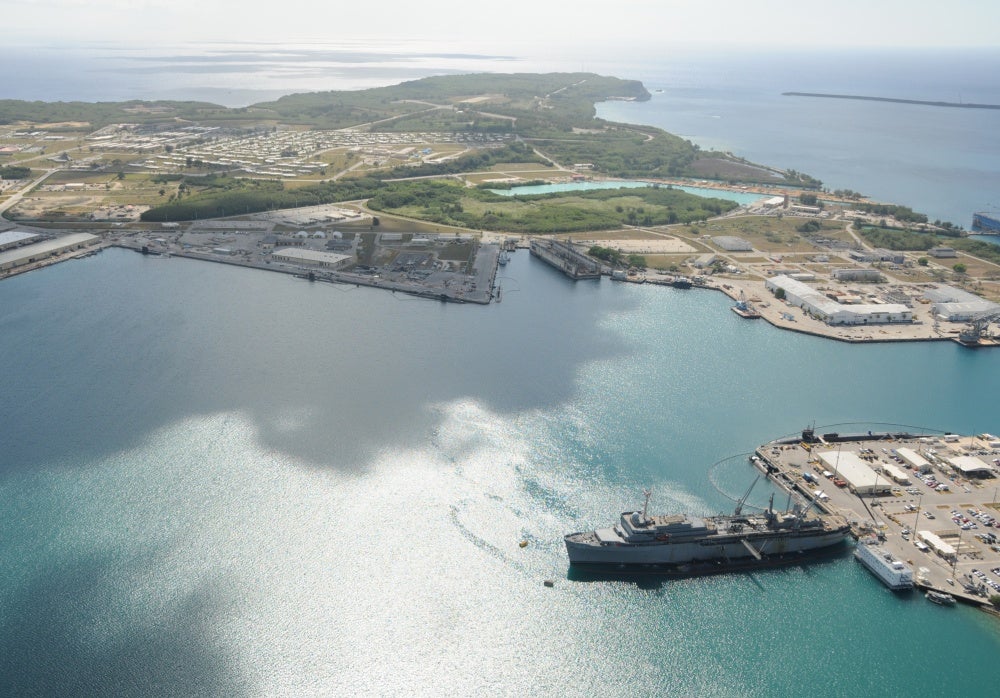
With their base in Guam crippled, the US Navy would be without an efficient base to conduct operations in the region as the next port of similar capabilities is on Hawaii. The distance from Guam to Taiwan is roughly 1,500 nautical miles (2,700 kilometers), meaning that only B-52 and B-2 bombers would have the range to operate without refuelling, and would be forced to do so without sufficient air cover. All other aircraft would require significant in air refuelling operations. Losing operational capacity at Guam would force US forces to operate from Japan, much closer to China, as operations from Hawaii would be far less feasible.
Check out our Short Guide to Naval Missiles
Closing the gap between Guam and Taiwan would force the US Navy to place its carriers between Taiwan and Guam in order to remain out of range of the Chinese anti-ship missiles. Again, this would cause concerns over the People’s Liberation Army Navy (PLAN) coming out of the ports to hunt for the US carriers. The PLAN already has 350 ships and submarines in service, making it the biggest navy in the World. In comparison the US Navy has 293 available, ships as of early 2020. Obviously, the threat the PLAN offers is difficult to judge as it has never left its port to prove itself in combat.
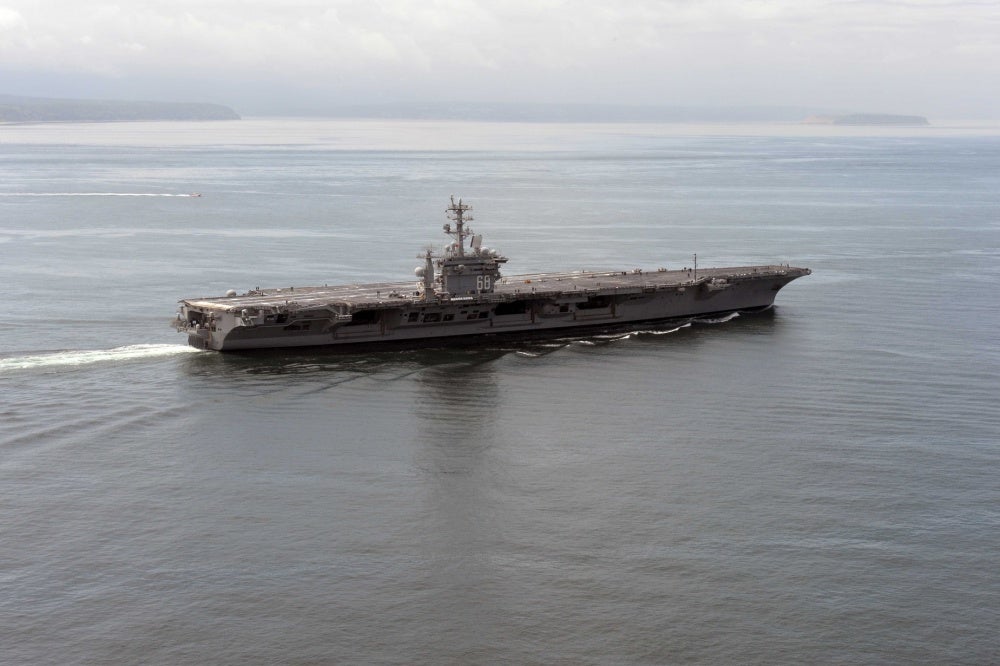
Further undermining the US Navy’s advantage in the West Pacific are the People’s Republic of China’s advance in a number of branches of the military technology. Especially in terms of missile and rocket technology. As mentioned above, the People’s Liberation Army possesses more than 1,000 cruise missiles of various types, according to Pentagon assessments. Besides that, the airpower factor also comes into play. The PLA has more than 2,500 planes in service, with the numbers growing each year. Enhancing the offensive range of its air fleet, the Chinese can create a sufficient air-defense umbrella over their coast, effectively blocking the US Navy which would have to resort to its own aircraft carrier air wings.
Maj. Gen. Tracy King, the Marine Corps’ director of Expeditionary Warfare claims that “if we do come to blows with China it’s gonna be very confused for the first 30 or 45 days and then we must fight in a distributed fashion.” This means that the US Navy has only a short window to deliver maximum damage to the Chinese and then resort to completely different methods of fighting.
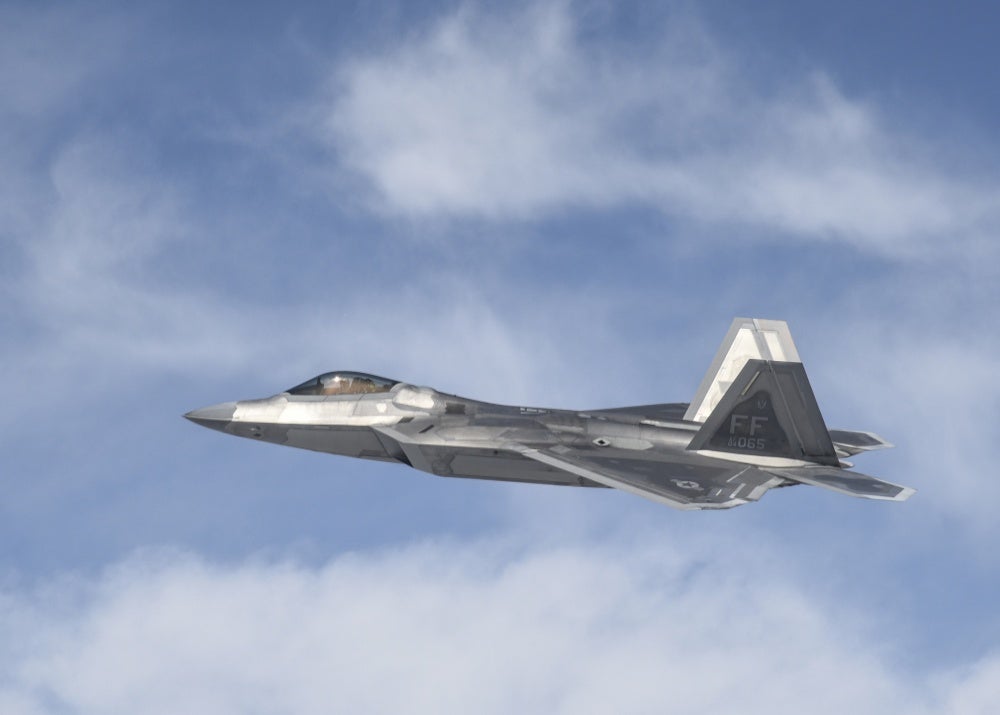
With these threats in mind radical efforts to appear to be under way at a strategic level within the US Department of Defense. We have seen efforts to introduce not only a new intercontinental ballistic missile (ICBM) system but also a Ground-Based Interceptor (GBI) to counter enemy ICBMs and missile threats. Additionally, the USAF’s new B-21 bomber program is gaining pace and the US Navy has launched a program to develop its next generation carrier fighter to replace the venerable F/A-18 Hornet. In addition the F-35 and F-22 fleets continue to receive upgrades to both software and hardware.
The new ICBM program in particular shows a desire to strategically revitalise capabilities. Since the Cold War ended the nuclear arsenals of all of the nuclear powers had arguably begun to stagnate. However, with a resurgent threat from Russia and growing concerns about China’s ambitions this stagnation is being addressed. The large strategic programs show the US’ urge to recover the lost advantage in its means of deterrence.
The future presents a growing uncertainty of US dominance in the Pacific. Taiwan is in huge danger of being attacked by China and the predicted outcome of such a conflict, especially in a situation when the PLAN can field a third aircraft carrier is going to make the US Navy’s task in the Pacific and the China Seas especially. In a conflict close to its shores China will always have the upper hand.
The opinions expressed in this editorial are those of the author and may not necessarily reflect the opinions or views of Overt Defense

